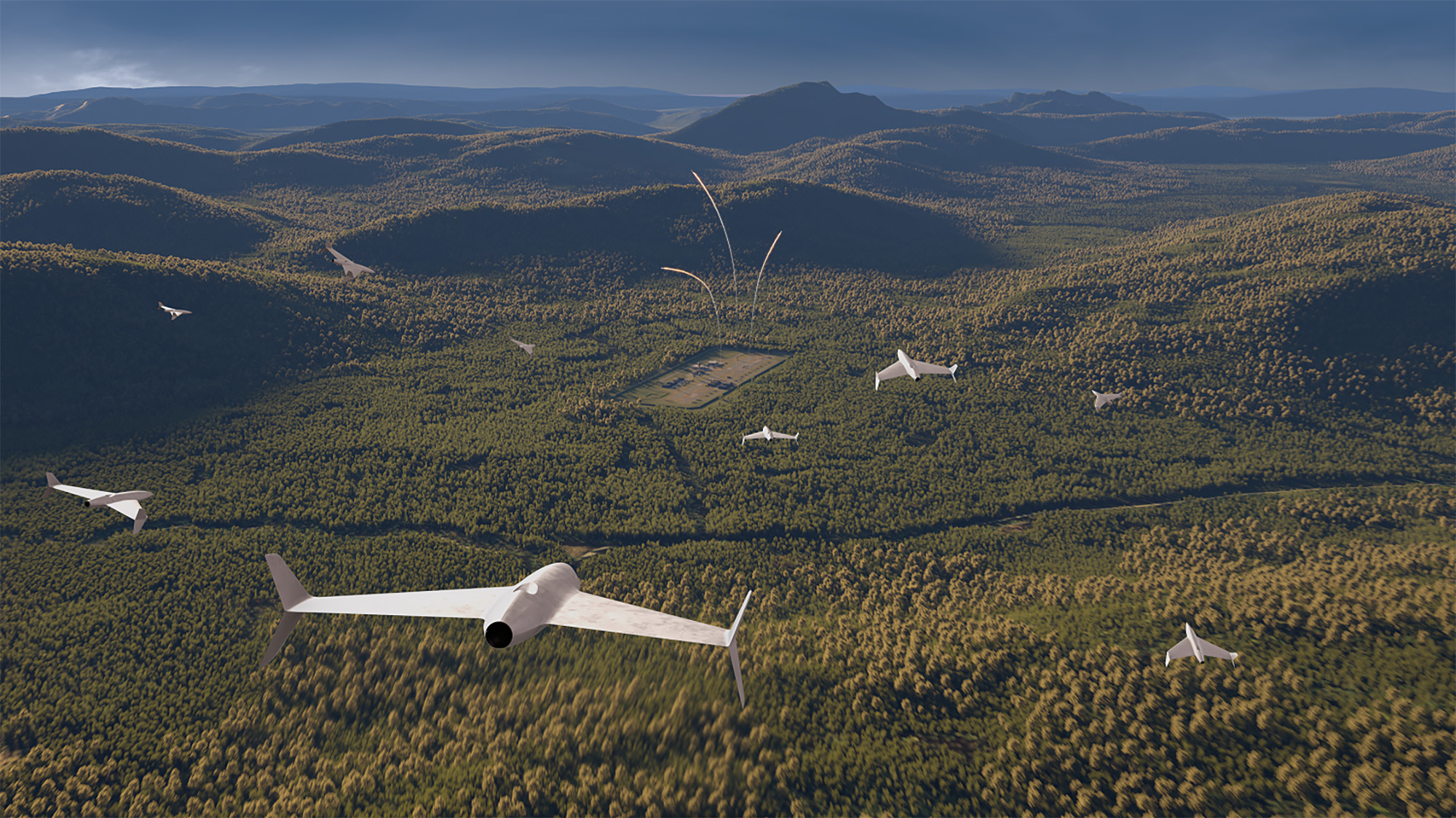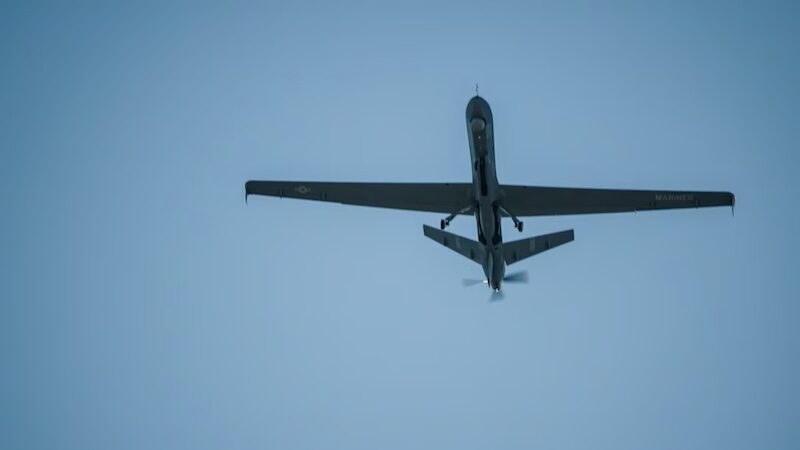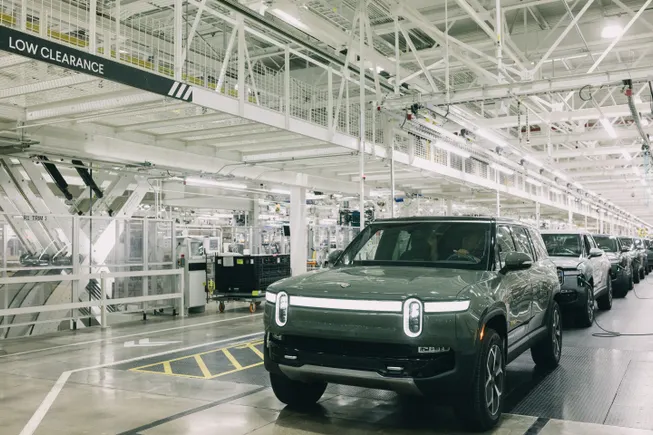The Fastest Road-Legal Cars of 2025
From EVs to internal combustion icons, the pursuit of sub-3-second sprints has produced some of the most thrilling road cars ever made. The post The Fastest Road-Legal Cars of 2025 appeared first on LUXUO.

From groundbreaking EVs to hybrid hypercars and combustion-powered beasts, these 2025 speed machines blur the line between racetrack performance and everyday legality. All capable of reaching 100 km/h in under 3 seconds, each one pushes the limits of what a road car can do, merging raw power with precision-built performance.
Porsche Taycan Turbo GT (2.3 seconds)

The Porsche Taycan Turbo GT is the brand’s most potent electric vehicle in series production, with twin permanent-synchronous motors and 900-amp silicon-carbide inverters capable of producing up to 760 kW (1,034 PS). With Launch Control, it can reach a maximum speed of 290 km/h, accelerate from 0 to 100 km/h in 2.3 seconds (2.2 seconds with the Weissach package) and maintain up to 320 kW of DC charging, recharging 10 to 80 percent in just 18 minutes. Its track prowess is further enhanced with Attack Mode’s 120 kW boost, lightweight carbon and ceramic brakes and an adaptable GT-tuned chassis.
Tesla Model S Plaid (1.99 seconds)

A symbol of pure electric performance, the Tesla Model S Plaid features three motors that deliver approximately 1,020 horsepower and 1,050 lb-ft (or 1,425 Nm) of torque. With the correct wheels and tires, it can reach a high speed of about 322 km/h and accelerate from a stop to 100 km/h in just over two seconds. With its 100-kWh battery, the Plaid has a range of about 630 km (EPA: about 630 km, WLTP: about 600 km), a drag coefficient of 0.208, and carbon-sleeved rotor motors for long-term power. Its redesigned yoke-style steering, quad-seat hatchback, and huge boot wrap mind-bending speed in a practical executive body.
Ferrari SF90 Stradale (2.5 seconds)

With three electric motors, the 4.0L twin-turbo V8 plug-in hybrid Ferrari SF90 Stradale produces 986 horsepower (735 kW) in total. In 2.5 seconds, it accelerates from 0 to 100 km/h, hits 200 km/h in 6.7 seconds and peaks at almost 340 km/h. The eSSC stability system ensures sharp handling, torque vectoring through front motors, and an eight-speed dual-clutch transmission. With around 2,000 Nm of regenerative braking capacity, it weighs about 1,600 kg dry and is constructed on an aluminium-carbon monocoque. To put it briefly, it is a supercar with plenty of technology and poise fit for the racetrack.
Hennessey Venom F5 (2.6 seconds)

The twin-turbo 6.6L “Fury” V8 engine that powers the mid-engine, carbon-fibre, monocoque Hennessey Venom F5 Revolution produces 1,817 hp (1,350 kW) and 1,617 Nm of torque. It weighs only 1,383 kg dry and has a power-to-weight ratio of about 1.3 horsepower per kilogram. For razor-sharp track handling, the rear wheels are driven by a semi-auto, single-clutch, seven-speed transmission and aggressive aero, featuring a full-width wing that generates over 800 lb of downforce at 300 km/h, carbon-ceramic brakes and double-wishbone Penske dampers.
Lamborghini Revuelto (2.5 seconds)

As the brand’s first V12 plug-in hybrid “HPEV,” the Lamborghini Revuelto combines three electric motors with a 6.5L naturally aspirated V12 (825 CV @ 9,250 rpm, 725 Nm) to produce 1,015 CV (746 kW) in total. With its eight-speed DCT and carbon-fibre mono fuselage, it can reach speeds of over 350 km/h, 0–200 km/h in less than 7 seconds, and 0–100 km/h in 2.5 seconds. It combines ruthless speed with track-honed agility thanks to its front-axle torque-vectoring e-motors, AWD electric drive, carbon-ceramic brakes and exclusive Bridgestone Potenza tires.
Bugatti Chiron Super Sport (2.4 seconds)

Built for maximum speed, the Bugatti Chiron Super Sport is a mid-engine hypercar. Between 2,000 and 7,000 rpm, the quad-turbocharged 8.0 L W16 engine generates a powerful 1,600 PS (1,177 kW) and 1,600 Nm, enabling it to reach 100 km/h in around 2.4 seconds, 200 km/h in 5.8 seconds, and 300 km/h in 12.1 seconds. A 25-cm “longtail” body, carbon-fibre chassis and drag-reducing aero kit are used to refine aerodynamics, resulting in a top speed of 440 km/h (electronically limited). A reinforced chassis, carbon-ceramic brakes, adjustable dampers and a more powerful 7-speed DCT enhance performance.
BYD Yangwang U9 (2.36 seconds)

Built on BYD’s 800V e platform, the BYD Yangwang U9 is a battery-electric hyper coupe that features four permanent-magnet motors, capable of providing approximately 960 kW and 1,680 Nm of torque. It reaches a reported top speed of 375 km/h in testing and accelerates from 0 to 100 km/h in just 2.36 seconds. The 80 kWh LFP battery can reach 500 kW DC charging, reaching 30 to 80 percent in around ten minutes. Its DiSus‑X dynamic suspension even allows for wheel-height change, including short “jumps,” and its torque-vectoring AWD and carbon-ceramic brakes provide track-level control.
Lucid Air Sapphire (1.89 seconds)
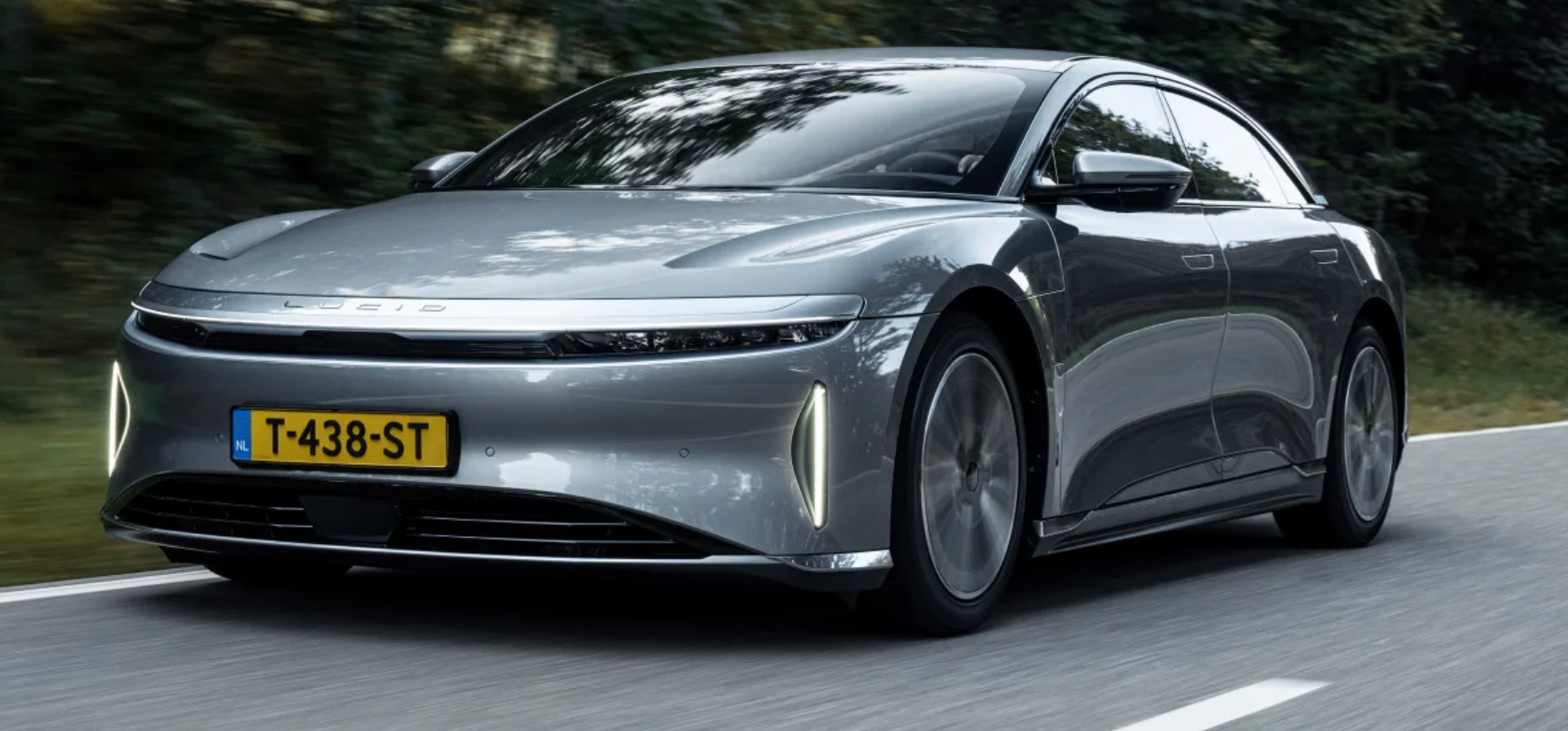
The Lucid Air Sapphire is a mid-size, four-door electric super-saloon with a trimotor, all-wheel-drive system that produces 1,940 Nm and 1,234 horsepower (908 kW). It reaches a maximum speed of 330 km/h and accelerates from 0 to 100 km/h in roughly 1.9 seconds. Up to 300 kW of DC charging is supported by its 118-kWh battery, which features an 800–900 V design. Track-tuned suspension, torque-vectoring rear motors, and carbon-ceramic brakes improve handling, while a sleek 0.197 Cd drag coefficient provides an EPA range of about 687 km—brutal pace, everyday usability.
For more on the latest in luxury automobile reads, click here.
The post The Fastest Road-Legal Cars of 2025 appeared first on LUXUO.













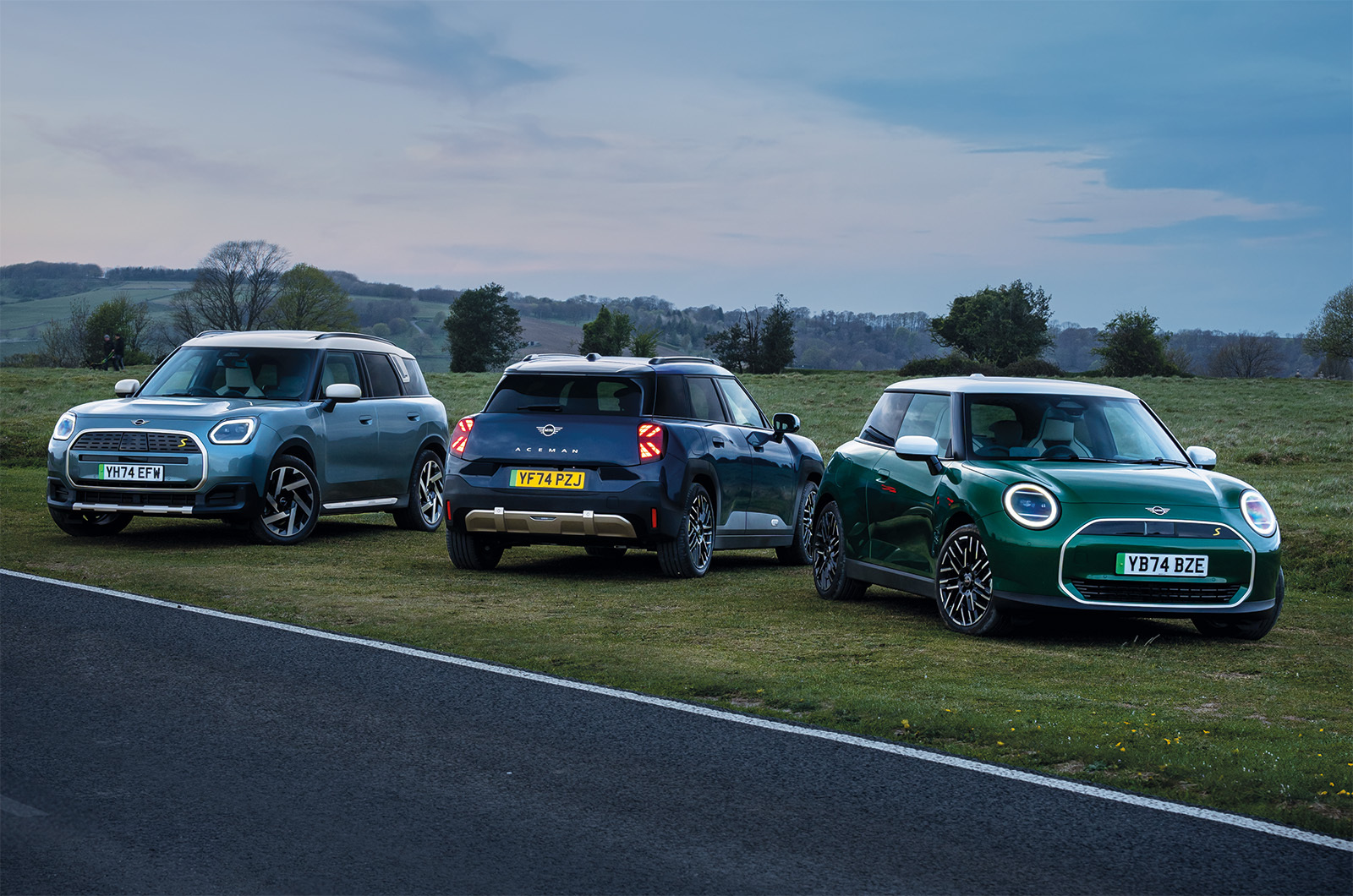















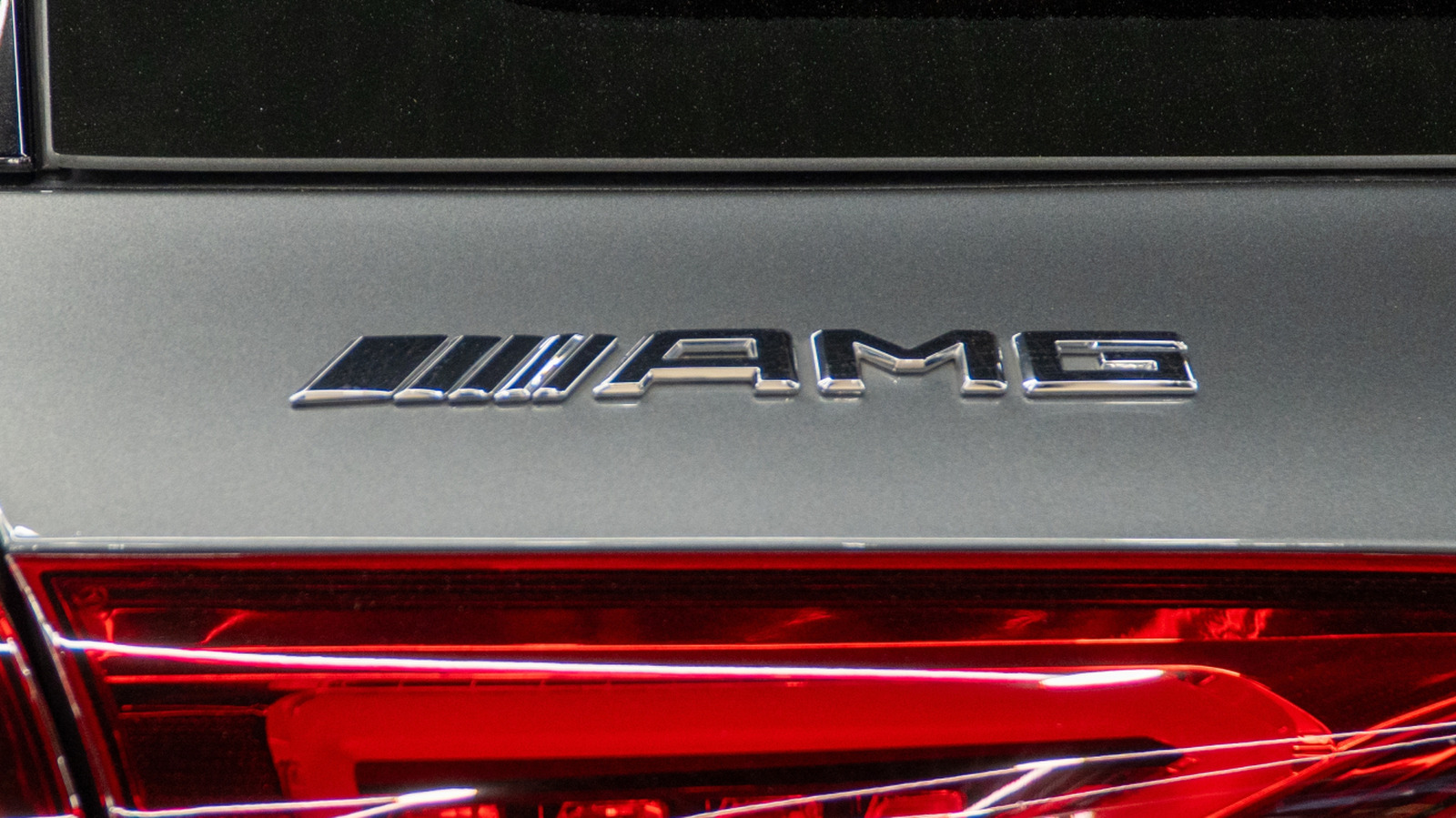































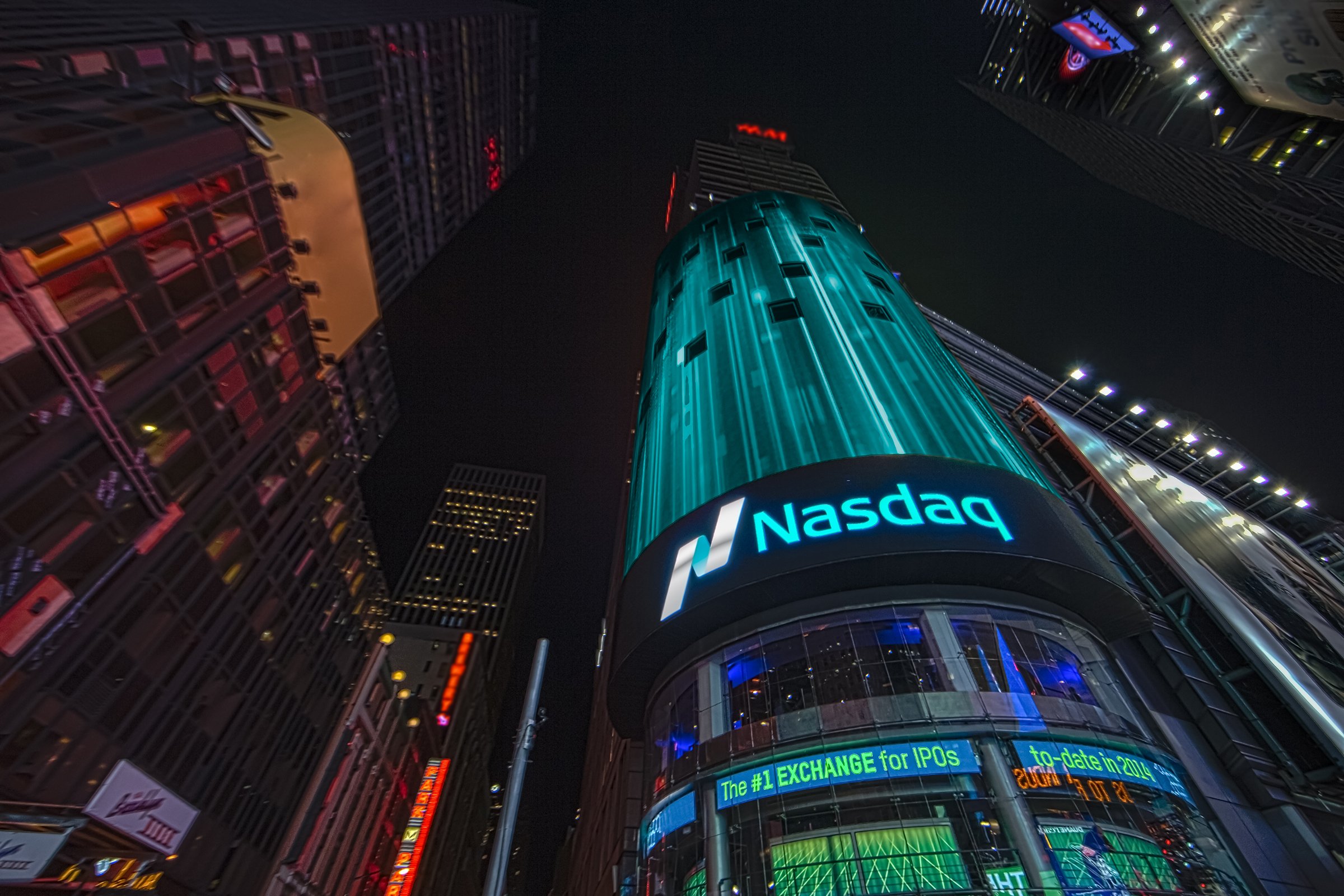





















![The American contingent and Turkey’s autonomy goals: Paris Air Show Day 3 [Video]](https://breakingdefense.com/wp-content/uploads/sites/3/2025/06/Wednesday-Wrap.00_00_32_21.Still001.png?#)
![A look at the jets flying high above the Paris Air Show [PHOTOS]](https://breakingdefense.com/wp-content/uploads/sites/3/2025/06/Rafale_02-scaled-e1750268097167.jpg?#)















